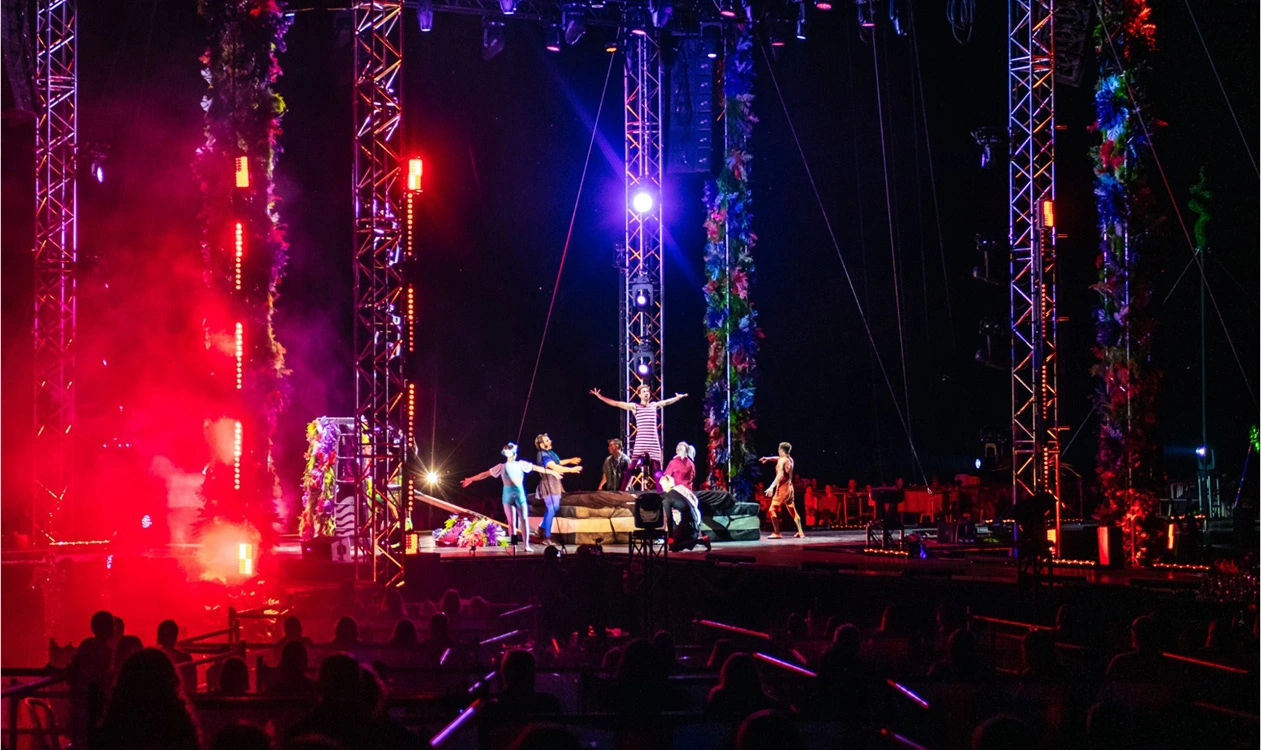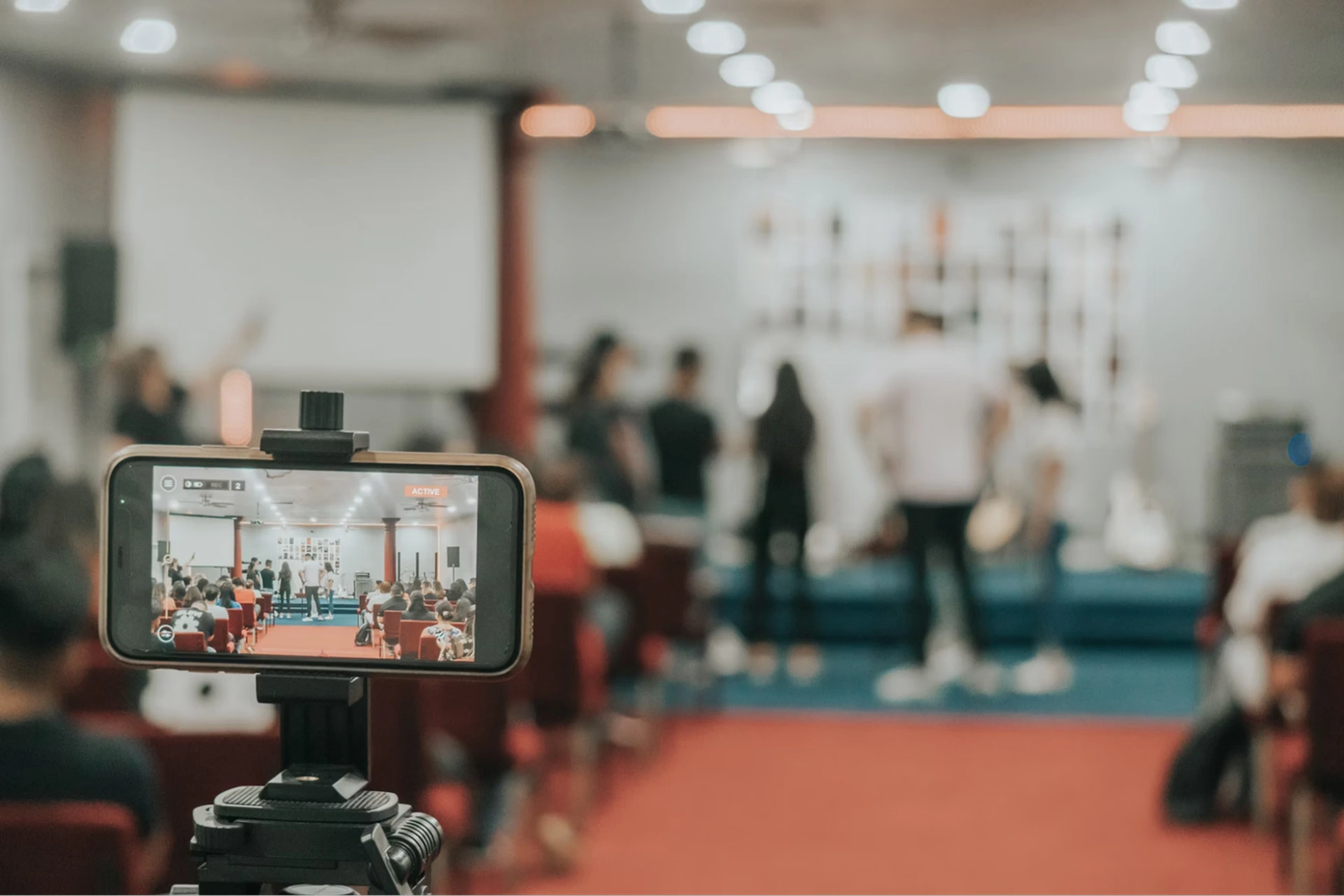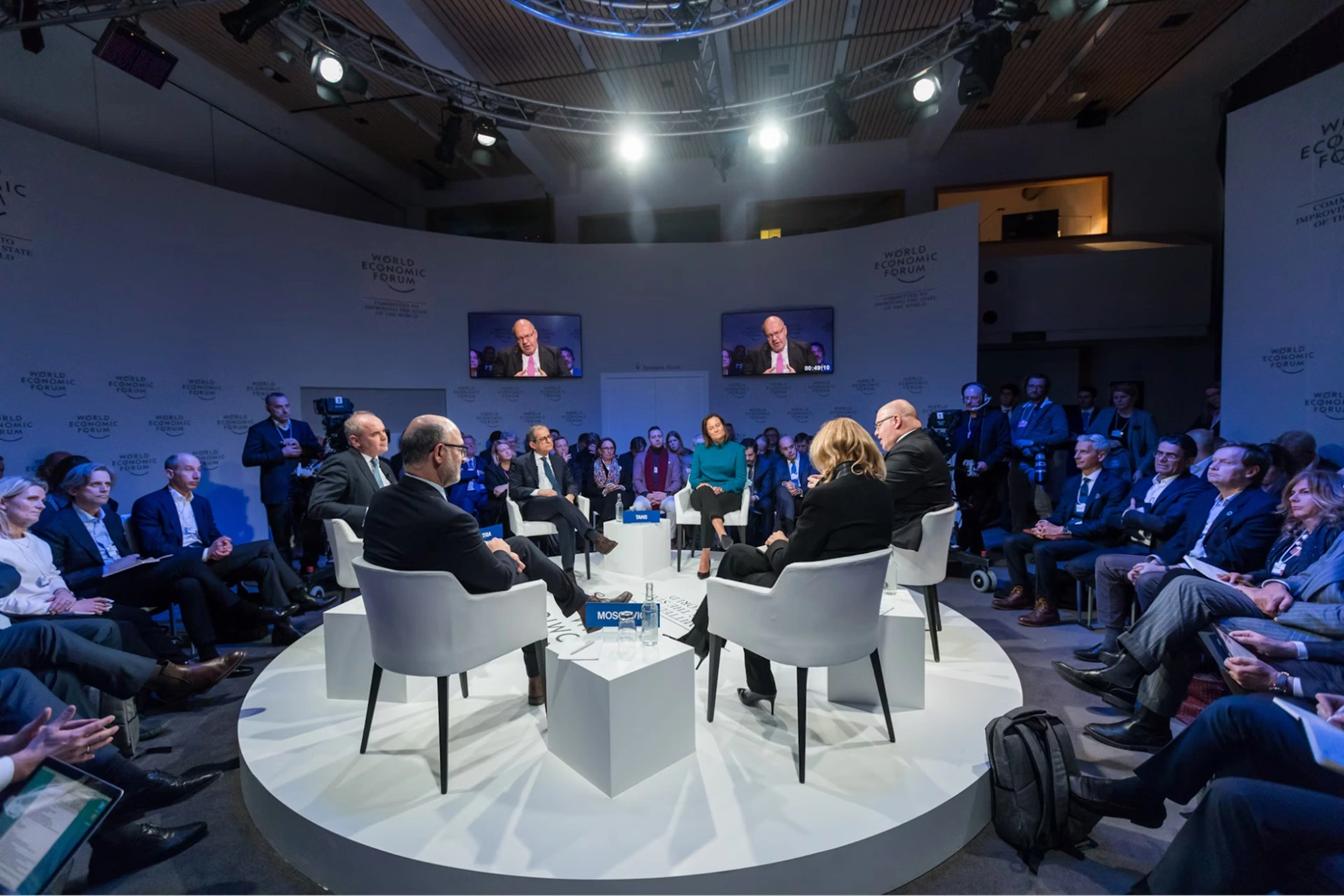
You're Invited
Sign up for our newsletter to receive the latest news and updates from Concierge Club
Thank you! Your submission has been received!
Oops! Something went wrong while submitting the form.

June 11, 2025

Hybrid events blend physical and virtual elements, boosting brand activation ROI through enhanced storytelling, deeper engagement, increased scale, and better data. They offer global reach, cost savings, and a reduced carbon footprint, making them a strategic marketing mainstay for modern brands aiming for unified, impactful experiences.
Pre-pandemic hybrid events often felt more like experiments than genuine experiences. Now they’ve become mainstays in the post-pandemic climate. Up to 43% of event marketers plan to hold weekly hybrid events, with many citing their flexibility and adaptability as key reasons.
However, the real power of hybrid events lies in their potential to bolster your brand activation ROI. With their unmatched reach and engagement potential, they often outperform traditional physical events. This post will explore how hybrid events enable brand activation and provide techniques you can incorporate into your own events.
When the COVID-19 pandemic triggered worldwide lockdowns and restrictions, corporate events were rapidly postponed or cancelled altogether. Brands struggled to connect with consumers, partners, and employees in a newly socially distanced world.
However, thanks to technology like Zoom, which enables live streaming, brands were able to pivot to hybrid events.
During the height of the pandemic, hybrid events allowed guests to attend in person and virtually to implement safety and distancing protocols. Years after the pandemic, 70% of event professionals now consider virtual and hybrid events as part of their marketing deliverables, proving that they are here to stay.
Virtually any event can be structured using a hybrid structure. That said, some types of events brands often host now commonly feature a physical and digital setup. They include:
At Concierge Club, we’ve launched various types of hybrid events, including the formats mentioned above. Our team is adept at executing event strategies that help brands articulate their message effectively, including choosing the right format for your next hybrid event.
Virtual and hybrid events were initially launched to comply with COVID-19 safety regulations, but brands now hold them for strategic purposes that no in-person event can achieve.
The true power of hybrid event marketing lies in its brand activation capabilities. Research studies and neuroscience principles show that hybrid events enhance brand activation ROI by triggering innate neurological and biological processes within our brains.
Storytelling is a crucial ingredient for brand activation. A compelling brand narrative is the undercurrent that keeps event attendees engaged with your brand. 68% of consumers say stories have influenced their purchases, while 92% want brands to tell stories.
Beyond that, storytelling triggers the release of oxytocin, the “love hormone” associated with social bonding and intimacy. What results is an increase of trust and emotional connection with the brand, both of which are essential for brand activation.
That said, hybrid events present unique opportunities to reinforce your brand story. You can tell a story simultaneously in different formats, which may not be possible with a physical or digital-only event.
On the physical front, you can engage with your audience using multi-sensory tactics, letting them touch, taste, and feel your branding. Meanwhile, your digital attendees can watch live-streamed presentations, behind-the-scenes footage, and even influencer commentary, all of which can tell and cement your brand story in the minds of attendees.

Image Source: Unsplash
Brand activation lives on the level of engagement present at hybrid events. For virtual and in-person attendees to go from being casual observers to actual participants, customers, or advocates, your brand must be memorable.
What is the key to staying in their memory? Audience and emotional involvement. Emotions are key drivers of attention and recall. The more positive emotions you can stir up in your audience, the more likely they are to remember and engage with your brand.
Hybrid events that incorporate virtual elements and interactive content, such as polls, chats, and Q&A sessions, often experience 40% higher engagement compared to traditional event formats. This is based on the principle that audience interaction activates the brain’s social and reward centers, which enhances motivation and, in turn, boosts activations.
Learn more: The Power of Brand Advocacy: Fans Into Advocates
Hybrid events have significantly greater reach than physical ones. This virtual freedom enables you to transcend geographical and logistical boundaries, reach previously inaccessible audiences, and expand your audience size without physical limitations.
However, although reach is essential, it’s the activation potential that truly stands out. Hybrid events give virtual attendees, who may not have been interested in physically attending your event, a chance to experience your brand through live streams or on-demand content, which acts as a remote “taste test”.
This can include people who would never have seen your content had the event only been physical. Some may engage after the live broadcast, and others may be inspired to connect with your brand in person at future events.
One of the most crucial aspects of brand activation is measuring impact. Ultimately, brands must be able to quantify whether their events were successful or not. Hybrid event marketing enhances brand activation by making it more measurable, with performance metrics tracked and specific audience engagements attributed to specific outcomes.
For example, you can track virtual KPIs such as:
Most importantly, these metrics give you a clear picture of whether you’ve hit your performance objectives or not. These analytics provide you with quantifiable feedback you can use to create personalized follow-ups, continuous optimizations, and improvements for future events.
At Concierge Club, we bring strategic expertise and experience to help you launch hybrid events that maximize engagement and brand activation. Additionally, we can help you achieve maximum reach while keeping your costs affordable.

Image Source: Unsplash
Hybrid events need a seamless integration between physical and virtual touchpoints for brand activation to succeed. To bridge the two worlds, you can employ numerous methods, a few of which we’ve mentioned above, as well as other emerging tools, tech, and tactics.
At Concierge Club, we evaluate the needs of brands and the brand activation ROI they want to capitalize on, and create touchpoints that help make hybrid events feasible to achieve those goals.
When planning a hybrid event, it’s crucial to understand the process and the supporting actions needed to execute the event effectively. That also entails being aware of the potential challenges that come with it and managing your expectations accordingly.
An average benchmark cost range for hybrid events is $25,000-$35,000. However, costs vary considerably, depending on the size and scale of your event, as well as the technology and content used.
Hybrid events can be complex to organize, require a high degree of technical support, and risk audience fragmentation if not properly coordinated. That said, proper planning and partnering with experienced branded event marketing experts, such as Concierge Club, can mitigate these issues.
Generally speaking, the minimum equipment requirements include microphones, streaming software, a high-speed internet connection, interactive event platforms, and on-site technical support. Additional tools and tech may include VR/AR displays/headsets, mobile apps, and analytics dashboards.
Conduct thorough pre-event testing of all essential equipment, platforms, internet connections and technology. Additionally, ensure that your backup systems are operational and that you have a dedicated technical support staff available during the event to troubleshoot any potential issues that may arise.
Track key metrics, including attendee engagement both in-person and virtually, as well as lead generation, audience reach, and post-event conversions. Also analyze registration data, participation rates, survey feedback, and digital interactions.
Hybrid events have evolved from a temporary response to a global pandemic to a marketing mainstay for brands seeking to achieve brand activation. They combine the immediacy and emotional vibrancy of live events with the data-richness and interactivity of digital media.
Combining these virtual and physical elements can help you create a unified experience and emotional connection in ways that a purely physical event can’t.
Are you looking to take your event marketing to new heights? Get in touch with us at The Concierge Club. Our team of experienced experts can help you launch hybrid conferences and other experiential brand activation events that better engage your audience.